As the season shifts and the days grow longer, I find myself looking for fresh ways to engage my little one in the vibrant world of spring.
I’ve noticed that preschoolers are at a stage where their curiosity about the natural world blossoms like the flowers outside our windows.
Taking advantage of this natural inquisitiveness, spring activities that combine play with learning can do wonders for their development.
It’s a joy to see them grow and learn as we explore the new life springing up around us.
One of the most magical aspects of spring is the opportunity it affords for children to observe and interact with nature.
As we embark on nature walks or even step into our backyards, I’m always thinking of how to turn these experiences into teachable moments about the environment.
I often plan activities that allow preschoolers to touch, see, and smell the changes happening in the great outdoors, from blooming flowers to crawling insects.
These interactions can spark a lifelong interest in science and the natural world.
Another thing I’ve embraced is the power of hands-on, creative activities.
Kids love to express their creativity, and what better time than spring when the world itself is engaging in a kind of rebirth and creativity?
From planting a simple garden to crafting with materials inspired by nature, I’ve found that these activities are not just fun but also incredibly enriching for a preschooler’s fine motor skills and imagination.
Each project becomes a little discovery journey, one that’s as colorful and lively as spring itself.
Reader's Roadmap
Key Takeaways
- Incorporating seasonal change into play enhances learning for preschoolers.
- Nature walks and outdoor exploration ignites a passion for science and the environment.
- Creative projects in spring foster imagination and improve fine motor skills.
Planting Seeds
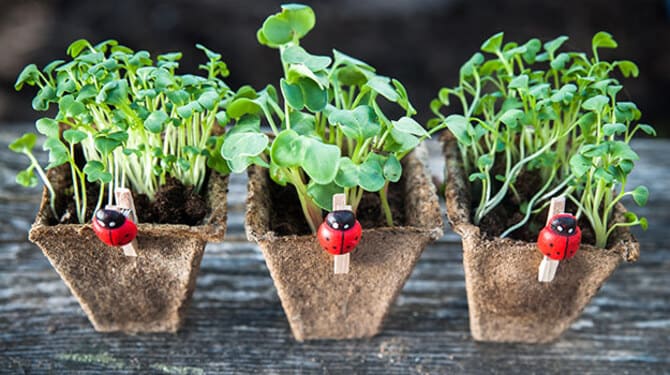
Weather Tracking
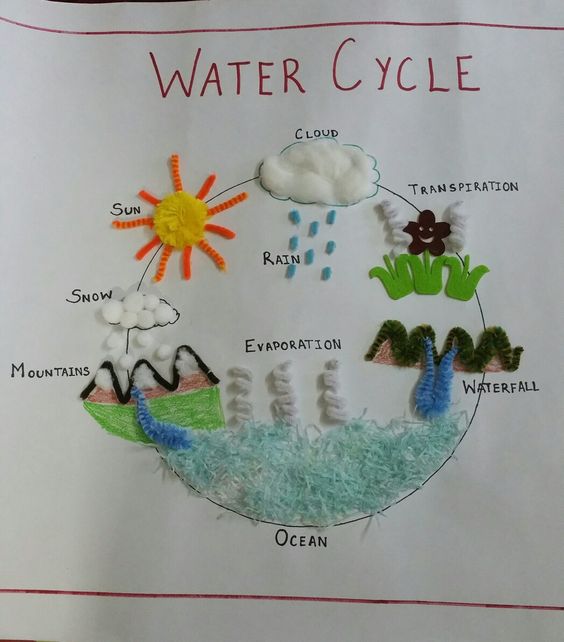
Spring Sensory Bottles
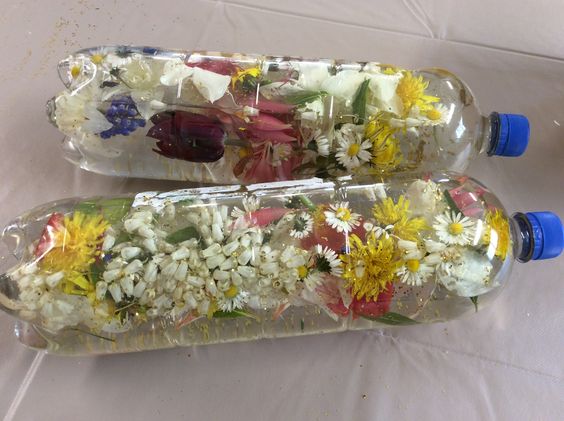
Tissue Paper Stained Glass
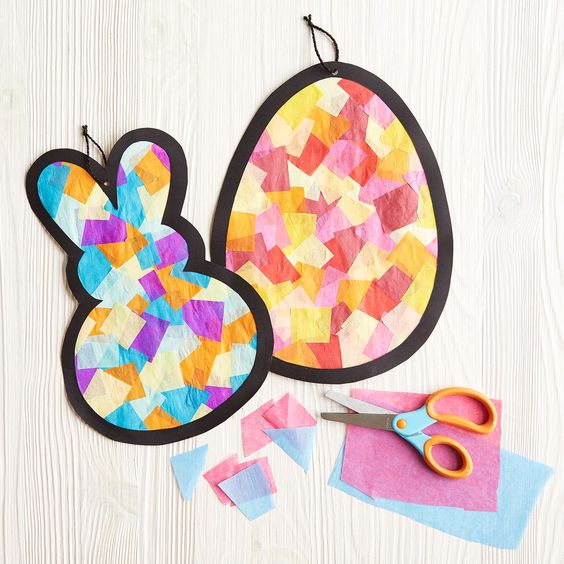
Rain Cloud Gravity Painting
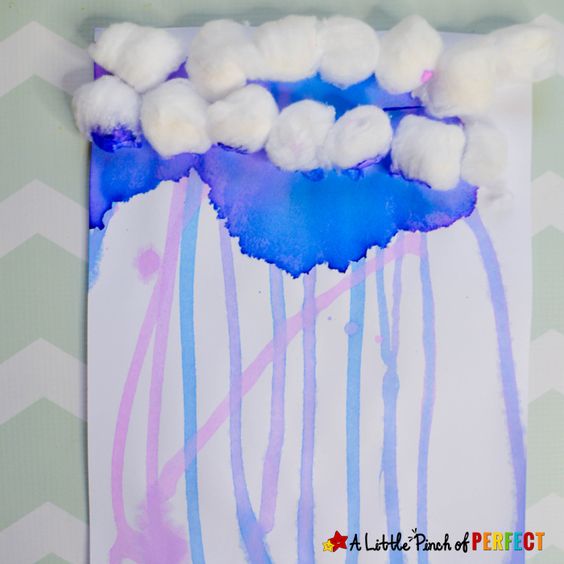
Sink or Float
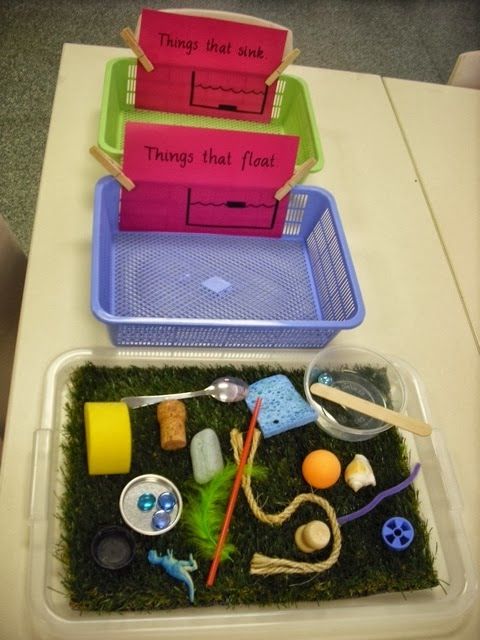
Observation Journal for Seedling
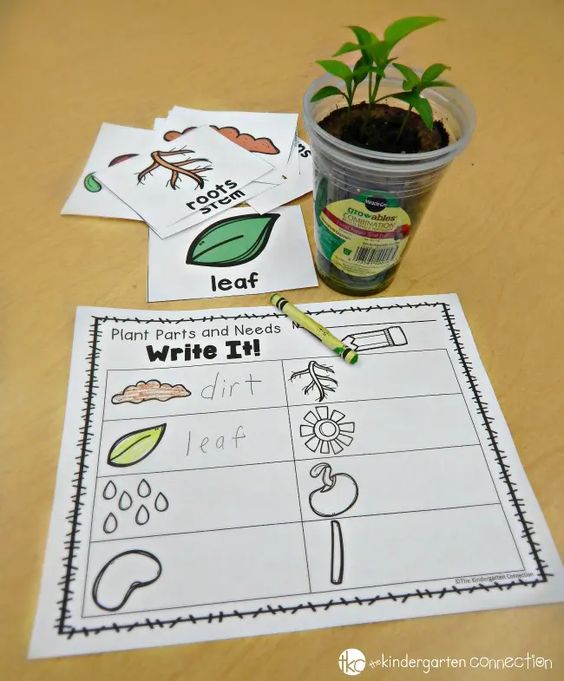
Coffee Filter Butterflies
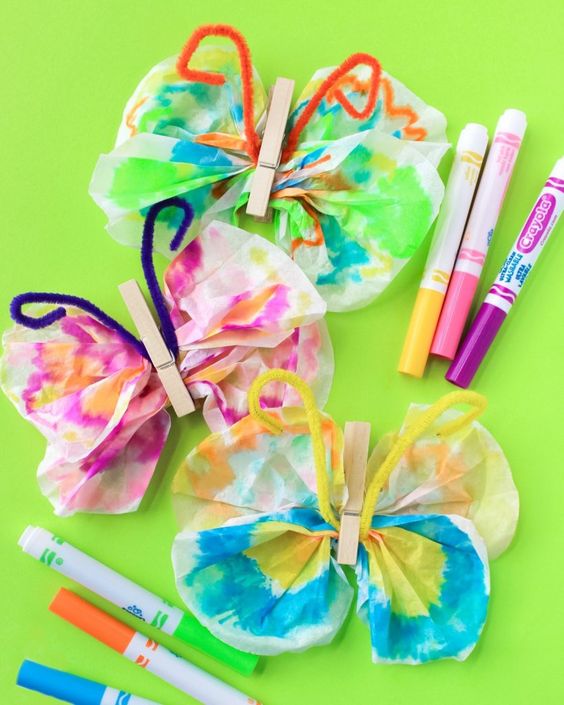
Butterfly Observation Journal
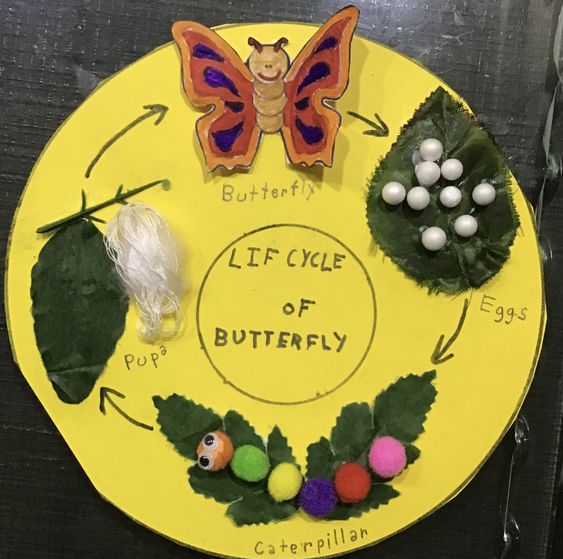
Spring Scavenger Hunt
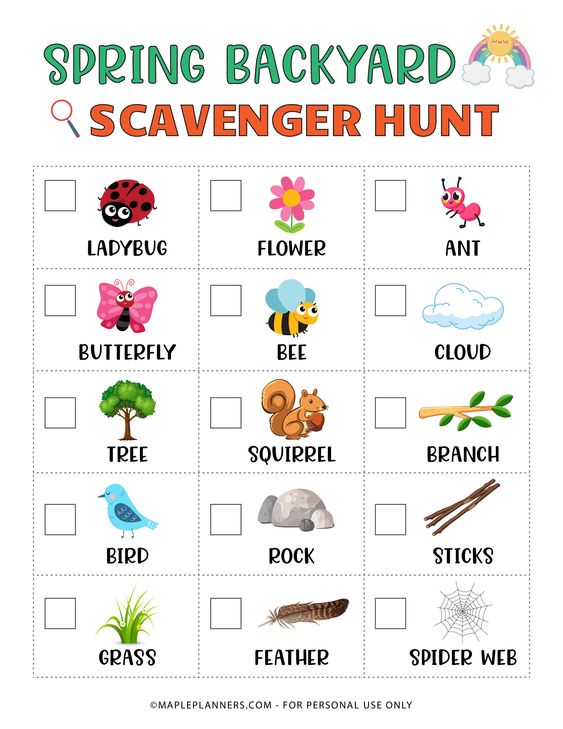
Carrot Garden Sensory Bin
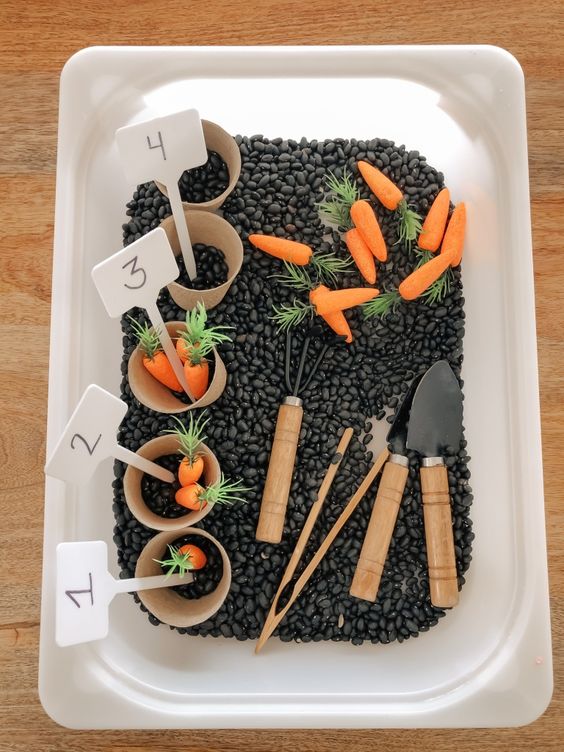
Counting With Flowers
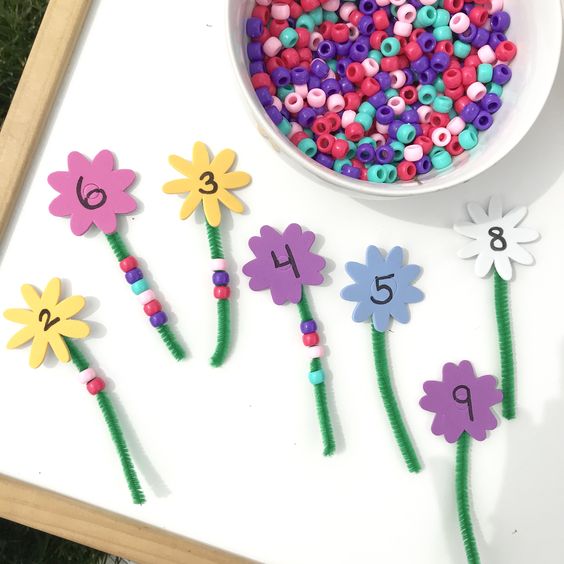
Color Dot Easter Eggs
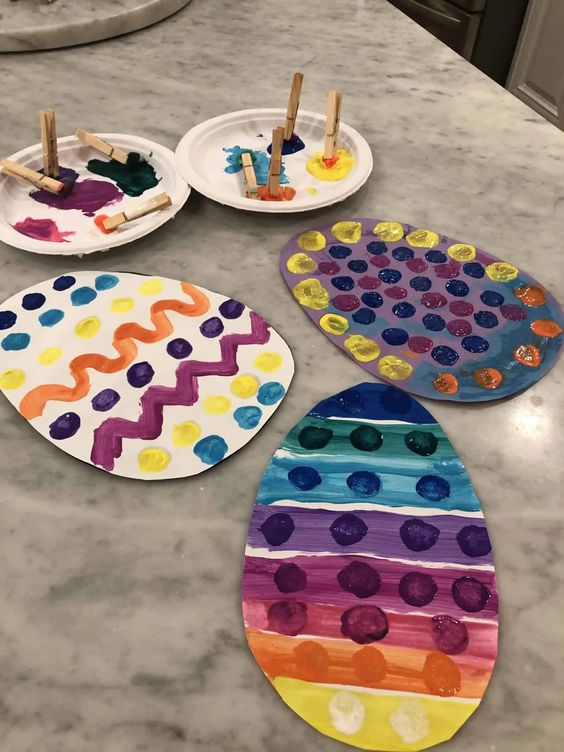
Birdlife Cycle
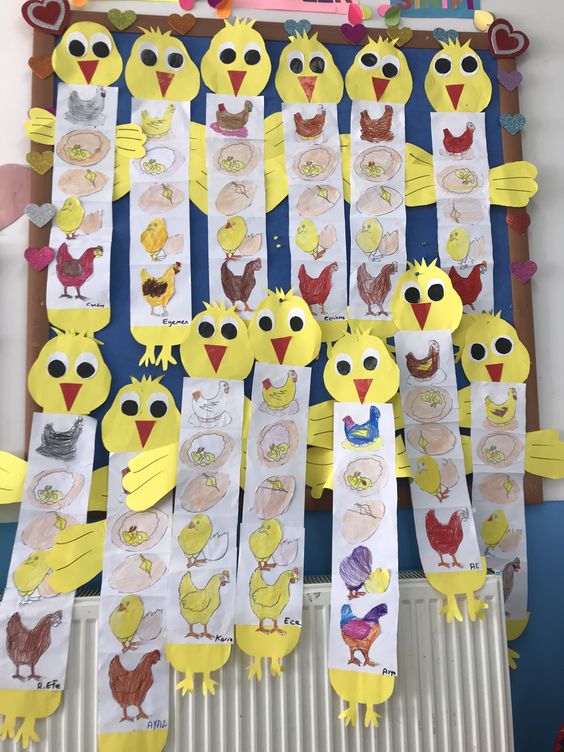
Flower Play Dough
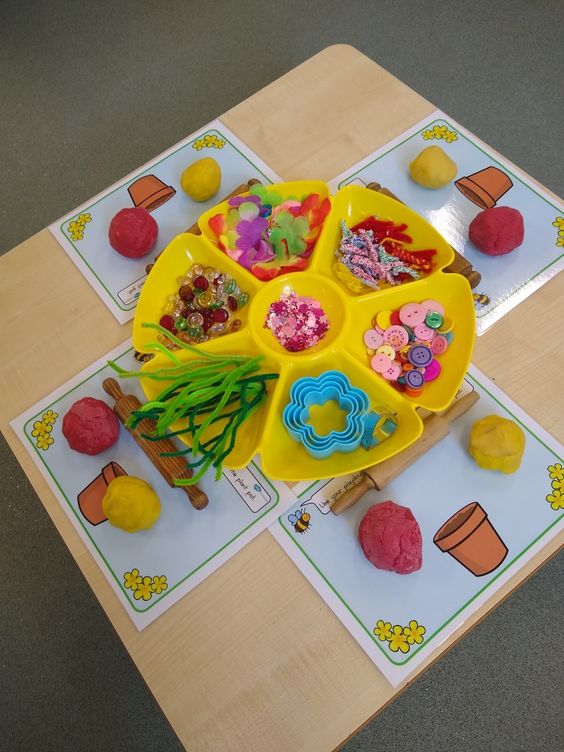
Rain And Wind Process Art
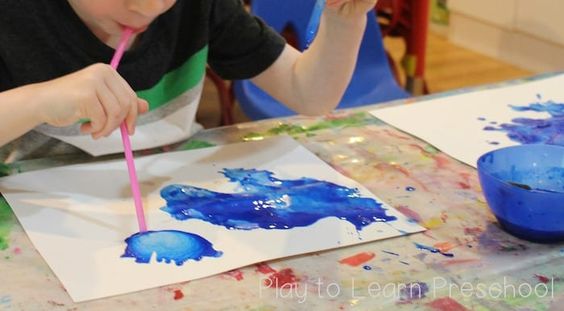
Tissue Paper Flowers
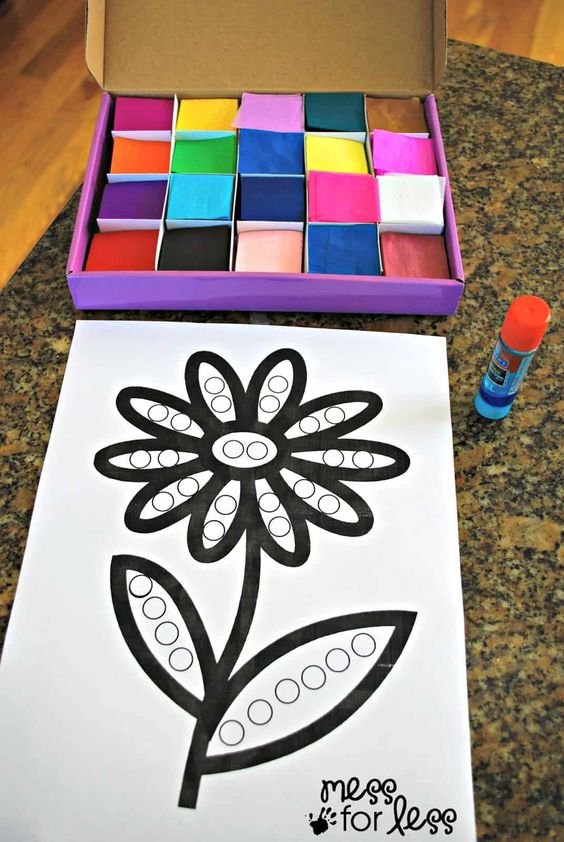
Plastic Eggs and Play Dough Building Activities
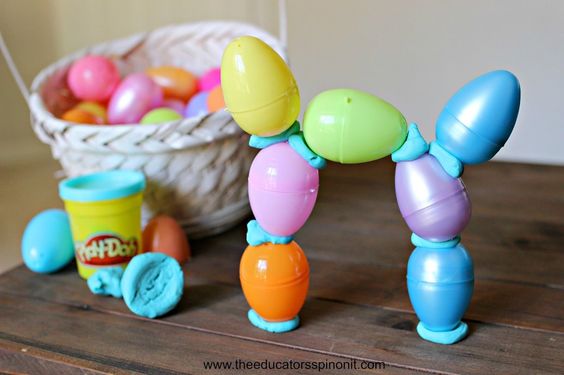
Tulip Building Patterns
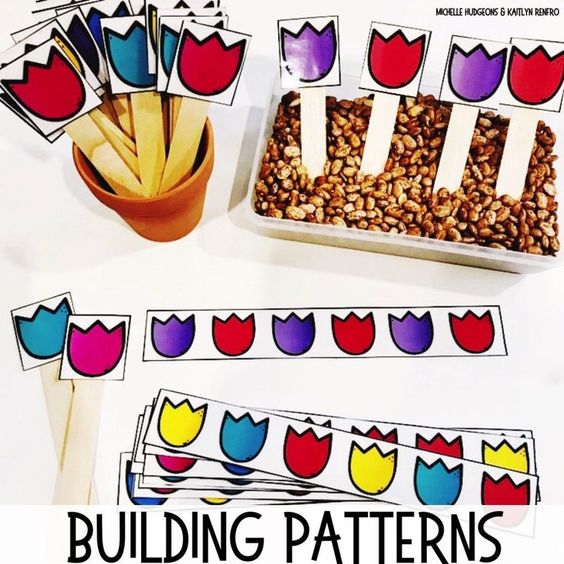
Paper Plate Bouquet
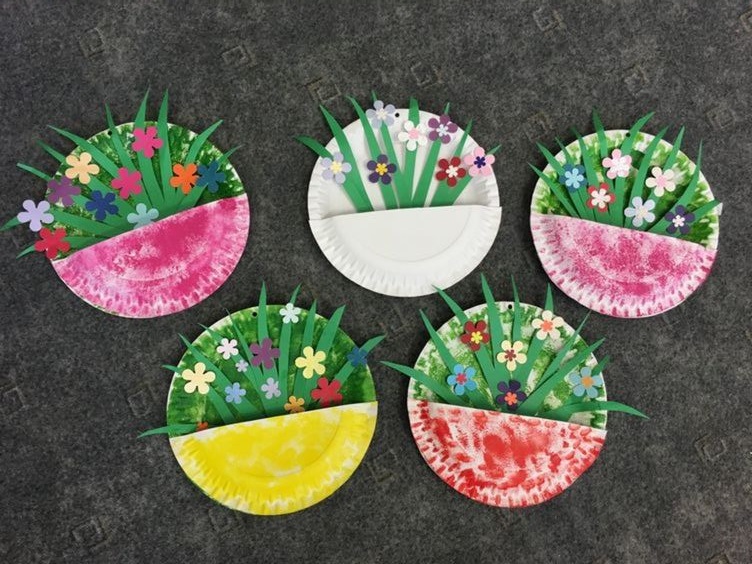
Engaging in Nature and Science
Spring is the perfect time to help little ones connect with the world around them through nature and science activities. I love watching their eyes light up with wonder!
Discovering the Beauty of Flowers
I find that preschoolers are naturally drawn to vibrant flowers, so we start by planting a variety of seeds together.
Watching a flower grow from a seed is not only magical for them but also educational.
- Seed planting: I have the kids plant marigolds, sunflowers, and daisies to help them learn about different types of flowers.
- Observation journals: Each child gets a journal to draw and note changes as their flowers grow.
Exploring Life Cycles with Butterflies and Birds
Life cycles are fascinating, and there’s no better way to learn than through direct observation.
My preschoolers and I raise butterflies from caterpillars and watch eggs hatch in a bird feeder.
- Butterfly garden: We keep a small garden with milkweed and watch for caterpillars. When they form chrysalises, it’s a special time to talk about patience and transformation.
- Birdlife cycle: By installing a bird feeder with a clear back, we can observe bird parents feeding their chicks. It prompts discussions about family care in nature.
Fun Science with Spring Themes
Spring lends itself to playful and engaging science experiments that delight and educate.
- Sink or float: We gather items during our nature walk, like sticks, leaves, and pebbles, and predict whether they’ll sink or float in water.
- Weather tracking: We make a simple chart to track the signs of spring, like temperature changes and the appearance of new plants.
I ensure that each activity is hands-on, allowing kids to explore and learn at their own pace.
It’s such a joy to see them make connections with nature and grasp basic science concepts through these playful experiences.
Creative Hands-On Activities
In my years of working with kids, I’ve noticed they learn best when they can touch, feel, and manipulate materials themselves.
It’s about getting their little hands moving and their minds thinking.
So, let’s dive into some engaging activities that tickle those tiny senses and boost fine motor skills.
Crafting with Spring Colors and Textures
I must say, there’s nothing like watching a child’s face light up as they mix colors and play with different textures.
One of my favorite crafts is making tissue paper flowers. It’s simple: take colorful tissue paper, help them bunch it up, and twist it to create beautiful blossoms.
Then, for a twist on a classic art project, tissue paper stained glass can fill your classroom with color. Cut tissue paper into shapes and stick them onto contact paper, and voilà, the sunshine does the rest.
I also love the idea of coffee filter butterflies—using markers to decorate coffee filters, spritz them with water, and watch the colors bleed into each other.
Once dry, pinch the center, add a pipe cleaner, and you’ve got yourself a fluttery little friend.
This sort of hands-on exploration promotes a child’s sensory and artistic development in a fun, relaxed setting.
Building Skills Through Play
Now, let’s talk about play dough. It’s not just fun; it’s a powerhouse for building fine motor skills.
Have you tried making a flower play dough activity? I mix some play dough with flower petals and seeds, and it’s a hit every time.
Kids pinch, roll, and design their gardens while working their tiny hand muscles—a crucial step in their development.
Plus, there’s a fantastic sensory activity I put together—a carrot garden sensory bin.
Fill a bin with soil or brown rice, hide some toy carrots, and let the little ones dig them up.
This activity offers a rich sensory experience and primes their curiosity about nature and how things grow.
You can also create a sensory bottle with water, glitter, and spring-themed beads; it’s mesmerizing to watch and calming to play with.
Lastly, something I enjoy tremendously is rain cloud gravity painting.
Kids drip blue watercolor paint on paper and watch as gravity pulls the paint down, mimicking rain from a cloud—engaging their sense of wonder about the natural world as they play with the effects of gravity.





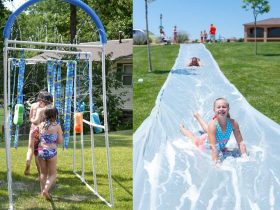
Leave a Reply
View Comments